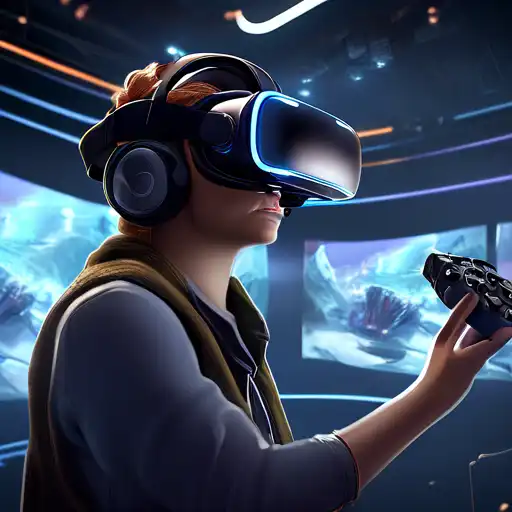Understanding the Complexities of VR Content Development
Virtual Reality (VR) has emerged as a groundbreaking technology, offering immersive experiences that were once the stuff of science fiction. However, developing content for VR presents a unique set of challenges that creators must navigate to deliver compelling and engaging experiences.
Technical Limitations and Hardware Diversity
One of the primary hurdles in VR content development is the technical limitations imposed by current hardware. VR requires high frame rates and resolutions to prevent motion sickness and ensure a seamless experience. Additionally, the diversity of VR hardware means developers must optimize content for a range of devices, each with its own specifications and capabilities.
High Development Costs
Creating VR content is often more expensive than traditional media due to the need for specialized software, hardware, and skills. The cost of VR development kits, 3D modeling tools, and motion capture technology can quickly add up, making it a significant investment for developers and studios.
User Experience and Interaction Design
Designing intuitive and comfortable user interactions in VR is another challenge. Unlike traditional media, VR places users inside the experience, requiring innovative approaches to navigation, menu systems, and interaction mechanics that feel natural in a 3D space.
Content Length and Engagement
Maintaining user engagement in VR is tricky. Long sessions can lead to discomfort or fatigue, prompting developers to create shorter, more impactful experiences. This limitation challenges creators to convey stories or information concisely without sacrificing depth or immersion.
Overcoming the Challenges
Despite these obstacles, the VR industry continues to grow, driven by advancements in technology and creative solutions to these challenges. By focusing on user-centered design, leveraging cross-platform development tools, and exploring new monetization strategies, developers can overcome the hurdles of VR content creation.
For those interested in diving deeper into VR development, exploring VR development tools can provide valuable insights into streamlining the creation process. Additionally, understanding user experience in VR is crucial for designing immersive and comfortable experiences.
As VR technology evolves, so too will the solutions to these challenges, paving the way for more accessible and captivating VR content. The journey of VR content development is fraught with obstacles, but the potential rewards for creators and audiences alike are immense.
